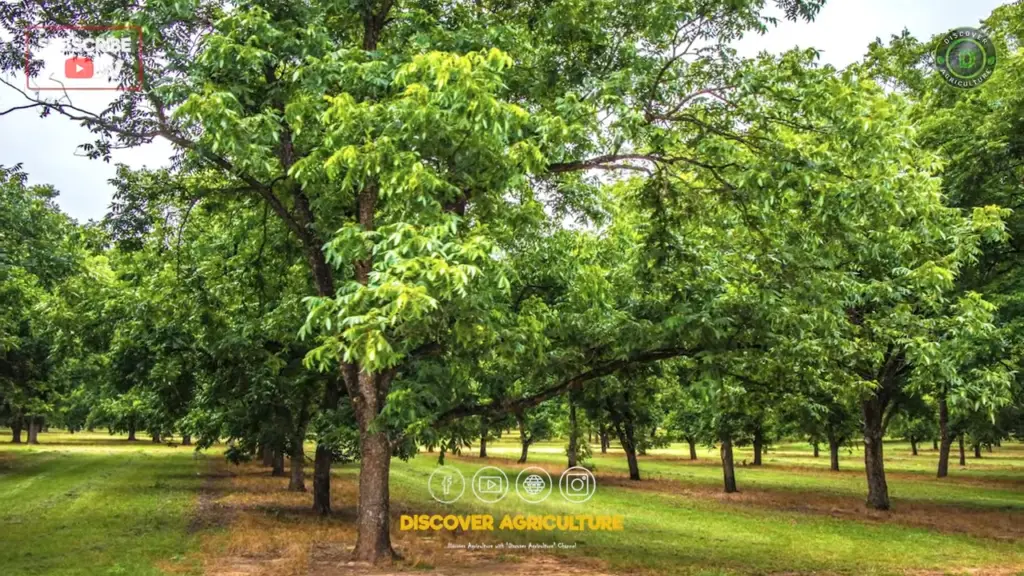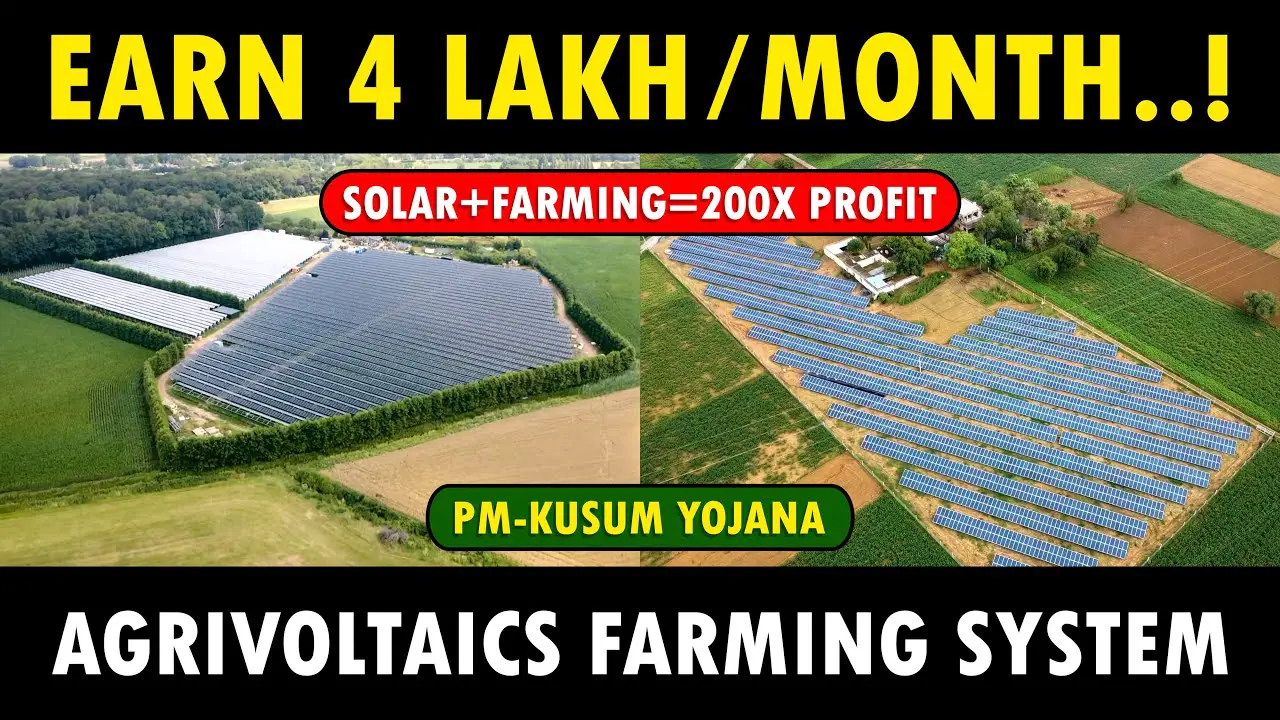Pecan Nut Farm
Pecan nut farming is a long-term investment, dependent on the producer making the correct choices early in the business. Pecan trees need 285 days a year for growing, with warm nights. The crop can handle frost, as the cold ensures the tree goes into complete dormancy, which ensures even growth in spring.
Pecan Nuts
Pecan is one of the important nut fruits grown in the world. Pecan kernels are a good source of nutritional value. This nut is native to Mexico, southcentral, and south-eastern regions of the USA.
Health Benefits of Pecan Nuts
Pecans are good for cardiovascular health, digestive health, good for bone & teeth health, weight loss, reducing blood pressure, strengthening the immune system, preventing skin problems, and preventing hair loss. Pecans reduce the risk of heart stroke and also have anti-inflammatory benefits.
Climate Requirement for Pecan Farming
Pecan nut trees prefer warm climatic conditions and are well-adapted to subtropical areas. Pecans also thrive well in regions having short, cold winters and long and very hot summers. This nut requires 8 to 9 months of growing season with a mean temperature above 27 °C. For good flowering and budding, it requires low temperatures and even frost during the June to August months. As rainfall is concerned, it prefers medium to low rainfall during its growth period.
Soil Requirement for Pecan Farming
Pecans can be grown on a wide range of soils. However, they grow well in fertile well-drained, well-aerated deep sandy loam soils rich in good organic matter. The soil pH of 6.2 to 6.5 is ideal for its cultivation.
Propagation in Pecan Farming
Pecan plants are propagated by seeds as well as vegetative means. Rootstock plants are raised through seeds & grafted or budded with the desired varieties. Cuttings, stooling, grafting, and budding methods are successful in vegetative propagation.
Irrigation in Pecan nut Farming
Pecan trees require more water compared to other nut trees. Proper irrigation will result in quality nuts and good yield. This also improves kernel yield, nut weight, size, and oil content. Pecan trees can be irrigated through basin, sprinkler, furrow, and drip irrigation methods. The frequency of irrigation depends on the soil moisture holding capacity and weather conditions.

Integrated Pecan Farming
As pecan plants have a lot of interspace and come into late bearing, farmers can use this for a couple of years to cultivate intercrops like cowpea, soya bean, tomato, peas, pulses, beans, and any low-growing fruit crops. The cover crops improve the soil nitrogen levels and prevent soil erosion.
Pecan nut Farming in India
Pecan nut is one of the most important temperate nuts grown in India. It is mainly grown in Jammu and Kashmir, and Himachal Pradesh. The total area under pecan nut production is increasing due to its high economic returns and adaptation to the intermediate zone of Jammu. However, due to its high nutritional value and health benefits, pecan farming has a great future in India.
Harvesting in Pecan Nuts
Pecan nuts should be harvested when the pod is split open and separated from the nuts. Early harvesting should be avoided for better quality of nuts. In India, most of the Pecan varieties are ready for harvesting in October.
Conclusion:
On average, a fully matured pecan tree will produce about 25 to 30 kg. However, yield depends on the cultivar and farm management practices. Some successful farmers say – “It’s an expensive and Best Long-term Investment. If done properly, it could ensure an income for many generations to come”.
Also, View: Integrated Fish and Poultry Farm / Integrated Fish and Layer Chicken Farming




